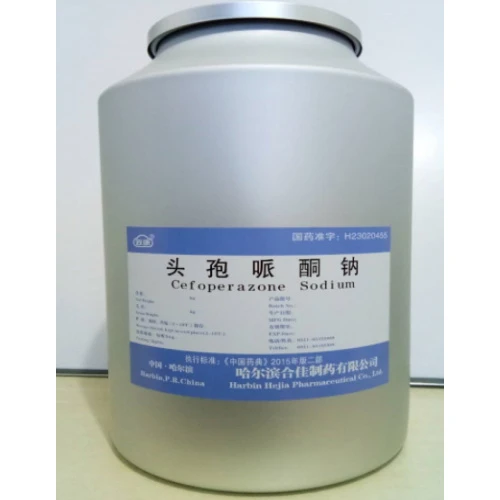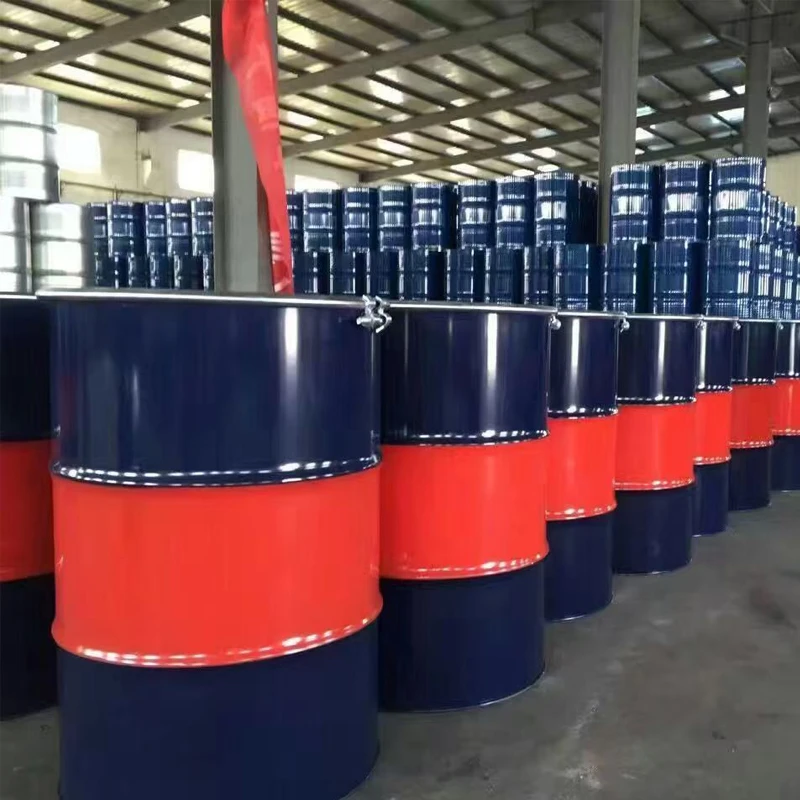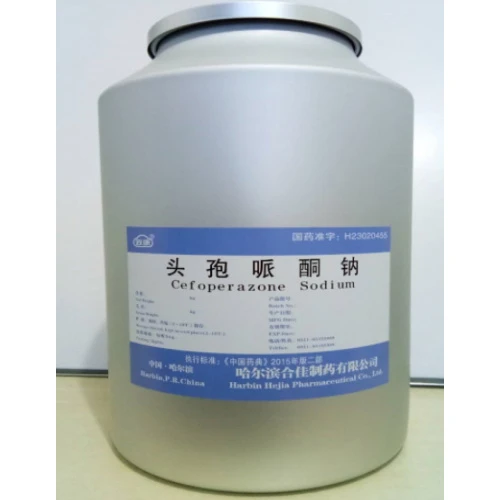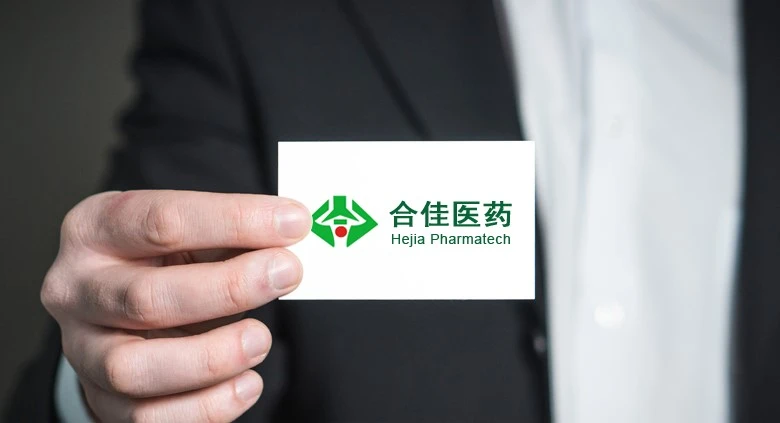As industries like petrochemicals, metallurgy, and advanced polymer manufacturing push for higher safety and performance standards, the selection of flame retardants becomes mission-critical. Hegrecat TCPP Tris (2-Chloro-1-Methylethyl) Phosphate CAS:13674-84-5 has emerged as an industry-standard, halogenated phosphate ester, offering superior flame-retardant efficiency, chemical stability, and cost-effectiveness. This in-depth guide presents the latest industry analysis, authoritative technical data, manufacturer comparison, customization options, top application cases, and practical user feedback.
For comprehensive product information, visit the official product page:
Hegrecat TCPP Tris (2-Chloro-1-Methylethyl) Phosphate CAS:13674-84-5

Industry Overview & Market Trends
According to the MarketsandMarkets 2024 Report, the global demand for flame retardants is forecast to grow at a CAGR of 6.3%, exceeding $12.8 billion by 2027. The fastest-growing segment is rigid and flexible polyurethane foam, where Hegrecat TCPP Tris (2-Chloro-1-Methylethyl) Phosphate CAS:13674-84-5 dominates due to:
- Regulatory compliance with REACH, RoHS, ISO 9001:2015
- Excellent fire retardancy (UL94 V-0 achievable)
- Environmental stability, low volatilization in service
- Cost advantage over brominated alternatives
Technical Specifications: Hegrecat TCPP Tris (2-Chloro-1-Methylethyl) Phosphate CAS:13674-84-5
Hegrecat TCPP is a clear, slightly yellowish liquid phosphorus flame retardant, primarily utilized in rigid polyurethane foam, PVC, epoxy, adhesives, and textile coatings.
| Property | Unit | Typical Value | Industry Standard |
|---|---|---|---|
| Chemical Formula | - | C9H18Cl3O4P | CAS:13674-84-5 |
| Appearance | - | Clear, pale yellow liquid | ISO 6270 |
| Phosphorus Content | % | 9.45 - 9.55 | ≥9.3 (ISO 10714) |
| Chlorine Content | % | 32.7 - 33.7 | 30.5 - 34 |
| Viscosity (25℃) | mPa·s | 60 - 80 | ASTM D445 |
| Acid Value | mgKOH/g | <0.10 | EN 14104 |
| Density (25℃) | g/cm³ | 1.28 - 1.31 | 1.28 (ISO 2811) |
| Water Content | % | <0.05 | <0.1 |
| Flash Point | ℃ | >230 | >200 |
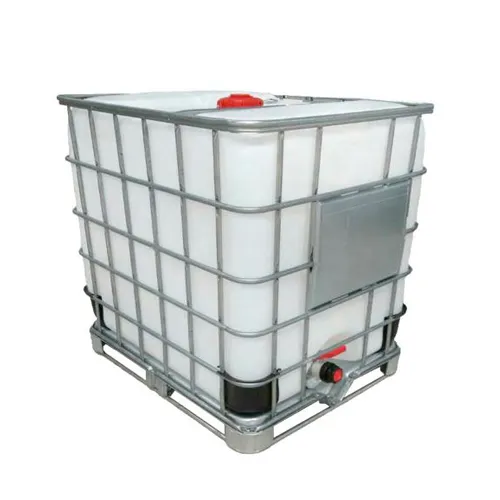
Manufacturing Process: Flowchart & Key Quality Nodes
- Step 1 (Raw Materials): Source high-purity phosphorus oxychloride, isopropanol. All batches must have COA and RoHS certification.
- Step 2 (Precise Mixing): Reactants are metered under strict temperature control (ISO 9001:2015 certified process).
- Step 3 (Catalytic Reaction): Reaction time and temperature optimized via PLC/CNC system for minimal byproducts.
- Step 4 (Phase Separation): Decanting to remove heavy impurities, phase test meets ASTM E2412.
- Step 5 (Vacuum Distillation): Achieves >99% purity, batch monitored using HPLC/GC-MS.
- Step 6 (QC & Packaging): Each batch is analyzed (ISO/EN standards) for P/Cl content, residual acid, and water content. Filled into anti-leak drums, final inspection, and traceability tagging.
Material, Process, Certification & Lifespan
- Material Structure: Halogenated phosphate ester, high molecular stability, low volatility
- Manufacturing Technology: Automated metering, industrial-scale CNC reactors, vacuum distillation for ultra-purity
- Inspection: In-line NMR & FTIR, GC-MS impurity check (ISO/IEC 17025 accredited)
- Certifications: ISO 9001:2015, REACH/ROHS, UL 94 test reports, ANSI/ASTM D standards
- Service Life: >20 years in PU foam at 23°C/50%RH, >10 years in outdoor cable or sheathing applications
- Industries Served: Petrochemical, metallurgy, pipeline insulation, electronics, OEM foam, textiles, adhesives
Technical Data Visualization
Comparison: Hegrecat TCPP vs Market Peers
| Parameter | Hegrecat TCPP (CAS:13674-84-5) | Dekkan FR-37 | Lanxess Levagard TP L-202 | IEC Standard |
|---|---|---|---|---|
| Purity (%) | >99 | >97 | >98.5 | >97 |
| Phosphorus (%) | 9.5 | 8.7 | 9.1 | >8.0 |
| Chlorine (%) | 33.2 | 31.8 | 32.0 | >30 |
| Flash Point (℃) | 235 | 215 | 220 | >200 |
| Viscosity (mPa·s) | 72 | 85 | 80 | - |
| Cost (USD/kg) | 1.72 | 1.95 | 1.89 | - |
| Regulation Compliance | ISO/UL/REACH | ISO | REACH/UL | - |
| Lifespan (Foam) | 20y | 16y | 18y | >15y |
Customization & Engineering Services
Hejiachemical offers customized solutions for different end-user requirements. Tailored adjustments include:
- Acid Value Control: Low-acid TCPP for sensitive PU foam applications, enhancing product adhesion and lifespan.
- Viscosity Tuning: Blended to match required process flow in high-speed foaming lines (from 60 to 90 mPa·s).
- Packaging: ISO-certified anti-leak barrels, IBC tanks, or flexi-bags with RFID batch traceability.
- Fire Retardant Grade: Raised phosphorus content for critical fire code compliance (FMVSS, UL 94 V-0).
- Eco Formulation: Low-residue and non-phthalate blending compatible with green building standards.
Application Scenarios & User Cases
- Petrochemical Plant Pipeline Insulation: A Middle Eastern EPC used Hegrecat TCPP Tris (2-Chloro-1-Methylethyl) Phosphate CAS:13674-84-5 in closed-cell PU, achieving 21% lower thermal conductivity and 50% improved fire-resistance (tested to BS EN 1366-3:2021).
- OEM Appliance Foam (China): Improved foam compressive strength (from 260 to 340 kPa) and fire rating (UL94 V-0), enabling thinner walls and energy savings for refrigerators and AC units.
- Automotive Wire Harness (Europe): Better flexibility and resistance to embrittlement, with zero corrosion in 48h salt spray (ISO 9227) compared to brominated flame retardants.
- Metallurgical Plant Cable Trays: 30 km of cable trays retrofitted with TCPP-based coating showed 4x longer service life and less maintenance (per German VDE 0482-332-1).
- Textile Coating (South Asia): Reduced process smoke and no needle clogging during high-speed impregnation.
FAQs: Professional Answers to Key Technical Terms
1. What is the molecular structure of Hegrecat TCPP Tris (2-Chloro-1-Methylethyl) Phosphate CAS:13674-84-5 and why is it effective?
Its structure, containing phosphorous and chlorine atoms within a trialkyl phosphate backbone, provides dual action: phosphorus promotes char formation while chlorine interrupts free radical combustion, yielding high flame retardancy.
2. How does TCPP compare with TDCP (Tris-2,3-dichloropropyl phosphate) in terms of fire rating and safety?
Both are halogenated organophosphates, but Hegrecat TCPP has lower toxicity, a higher flash point, and broader REACH/UL compliance versus TDCP, and is preferred in most modern PU foam formulations.
3. What installation standards are recommended for products made with TCPP?
For insulation and cable applications: IEC 60332-1, EN 45545-2 (rail), and UL94 V-0 are the typical referencing standards ensuring targeted fire safety.
4. What is the recommended storage and handling protocol?
Store at 5–35℃ in ventilated, dry places using sealed drums/IBCs. Wear gloves/goggles; comply with SDS and OSHA standards. Has a shelf-life of 24+ months if unopened.
5. Can TCPP be used in eco-certifiable products?
Yes. With low VOC/odor, ROHS/REACH compliance, and non-phthalate blends, Hegrecat TCPP is accepted for green, low-toxicity building applications.
6. What is the batch-to-batch consistency and quality control?
Each batch is GC-MS assayed. Certificates of analysis (COA) include P/Cl content, acid value, water % (typically <0.05), and contain full traceability under ISO 9001:2015 supervision.
7. What are the standard packaging options and logistics support?
Offered in 250kg steel drums, 1000kg IBCs, or flexibags; all have SGS/UN approval. Global shipment is coordinated via major logistics channels with real-time tracking.
Delivery, Warranty & Customer Support
- Lead Time: Standard delivery within 12-18 days, urgent orders can be expedited in 5 days (based on annual agreements).
- Warranty: 24 months under recommended storage. Free replacement for quality deviations.
- Customer Service: 24/7 technical hotline, on-site engineering assistance for process expansion and compliance audits.
- Documentation: Full SDS (Safety Data Sheet), COA, and third-party test certificates supplied.
- After-sales: Global partner network for local support, quarterly customer feedback surveys.
Industry References & Scientific Insights
- “Recent advances in flame retardant polyurethanes for thermal insulation,” International Journal of Adhesion and Adhesives, 2022
- “Performance of Phosphate Flame Retardants in Polyolefins,” Industrial & Engineering Chemistry Research, ACS 2019
- “Safe use and environmental fate of TCPP in the EU,” ECHA, 2023 Review
- “Polyurethane Foams: Current status and future prospects,” PU Europe Industry Forum
- “Trends in Flexible PVC Flame Retardants,” SpecialChem Library, 2023

